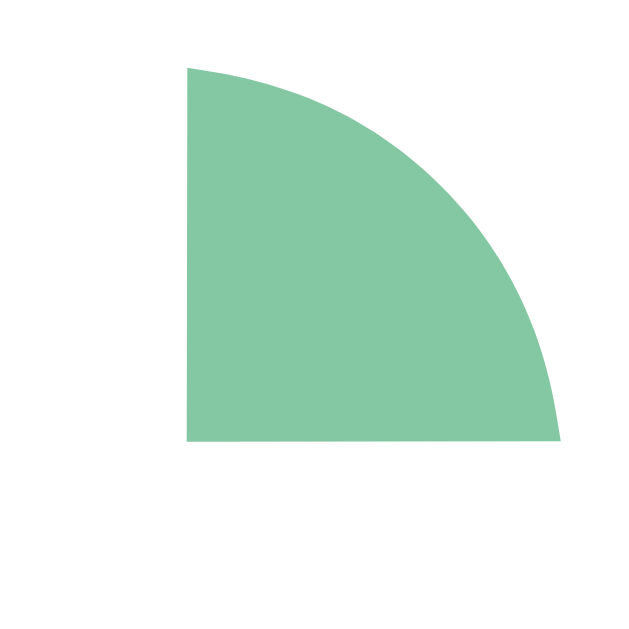CHAMBER FILTER PRESS
A chamber filter press consists of a number of square plates in which 2 plates each form one chamber. The depth of the chambers ultimately determines the thickness of the press cake and is on average 2 to 3 cm. The capacity of the filter press, expressed in liters, is determined by the number of chambers, the depth of the chambers and the dimensions of the plates. A filter cloth is placed over each plate, so that the sludge is filtered. The sludge is supplied to the rooms. The plates are pressed mechanically or hydraulically against each other, so that the pressurized water is pressed out through the filter cloth. This compressed water is collected in a collection tube and then sent back to the water treatment plant.
CENTRIFUGE
With a centrifuge, a fast circular motion ensures that sludge particles are separated based on how heavy they are. The heaviest goes ‘outwards’, while the light components are pushed inwards. This can be used to significantly accelerate precipitation and sedimentation processes. Another application is the dewatering of sludge. When the sludge is pressed against the outside of the centrifuge, the water from the sludge goes to the inside where it is drained.


DAF (DISSOLVED AIR FLOTATION)
Dissolved Air Flotation (DAF) is a water treatment process that purifies waste water (or other types of water) by removing suspended matter such as oil, grease or solids. The removal is achieved by dissolving air in the added water, recycled water or directly in the waste water under pressure and then releasing the air at atmospheric pressure in a flotation tank or basin. The air forms rather small bubbles that attach to the suspended matter, causing the suspended material to float to the surface of the water. This floating layer can then be removed with a skimming scraper.

